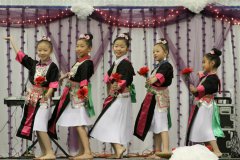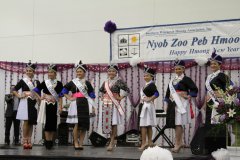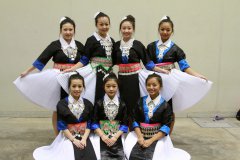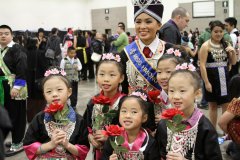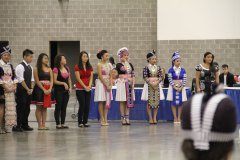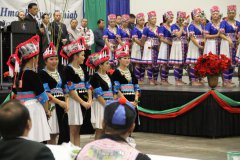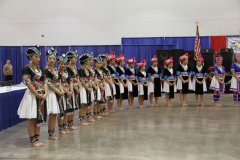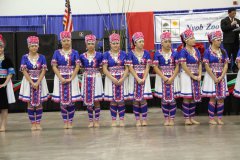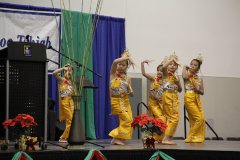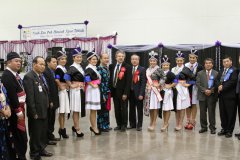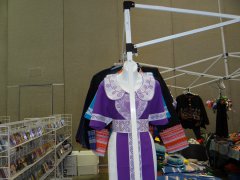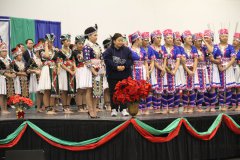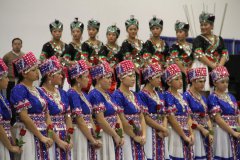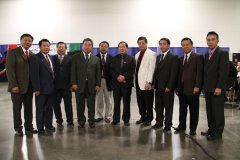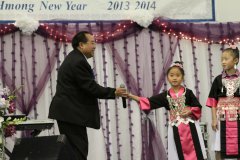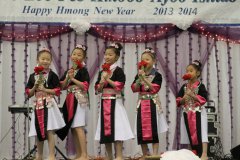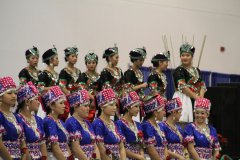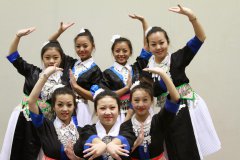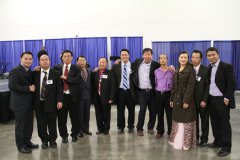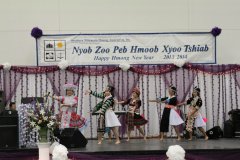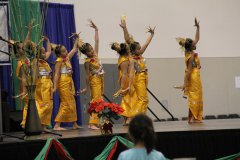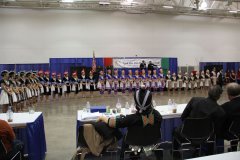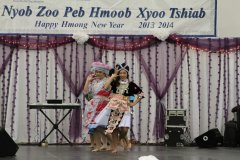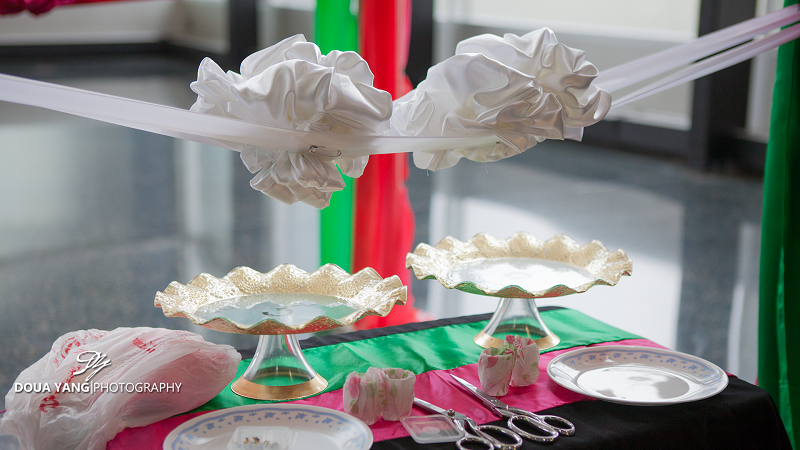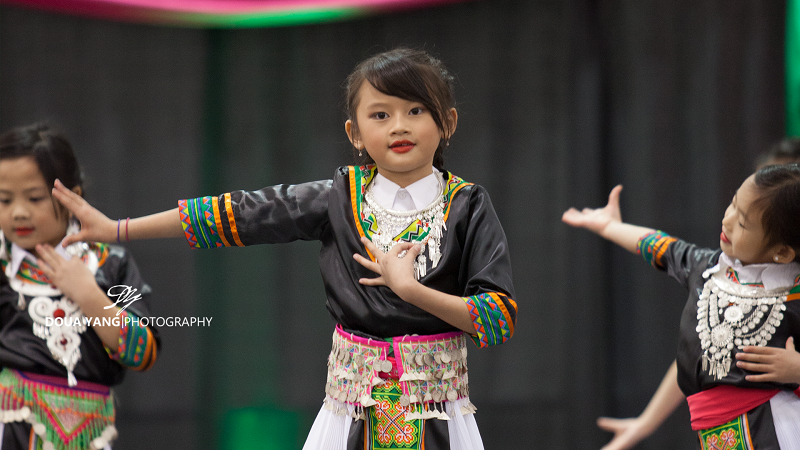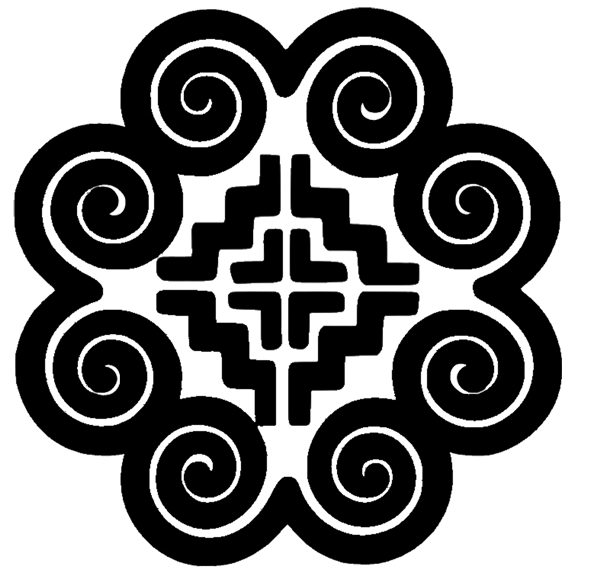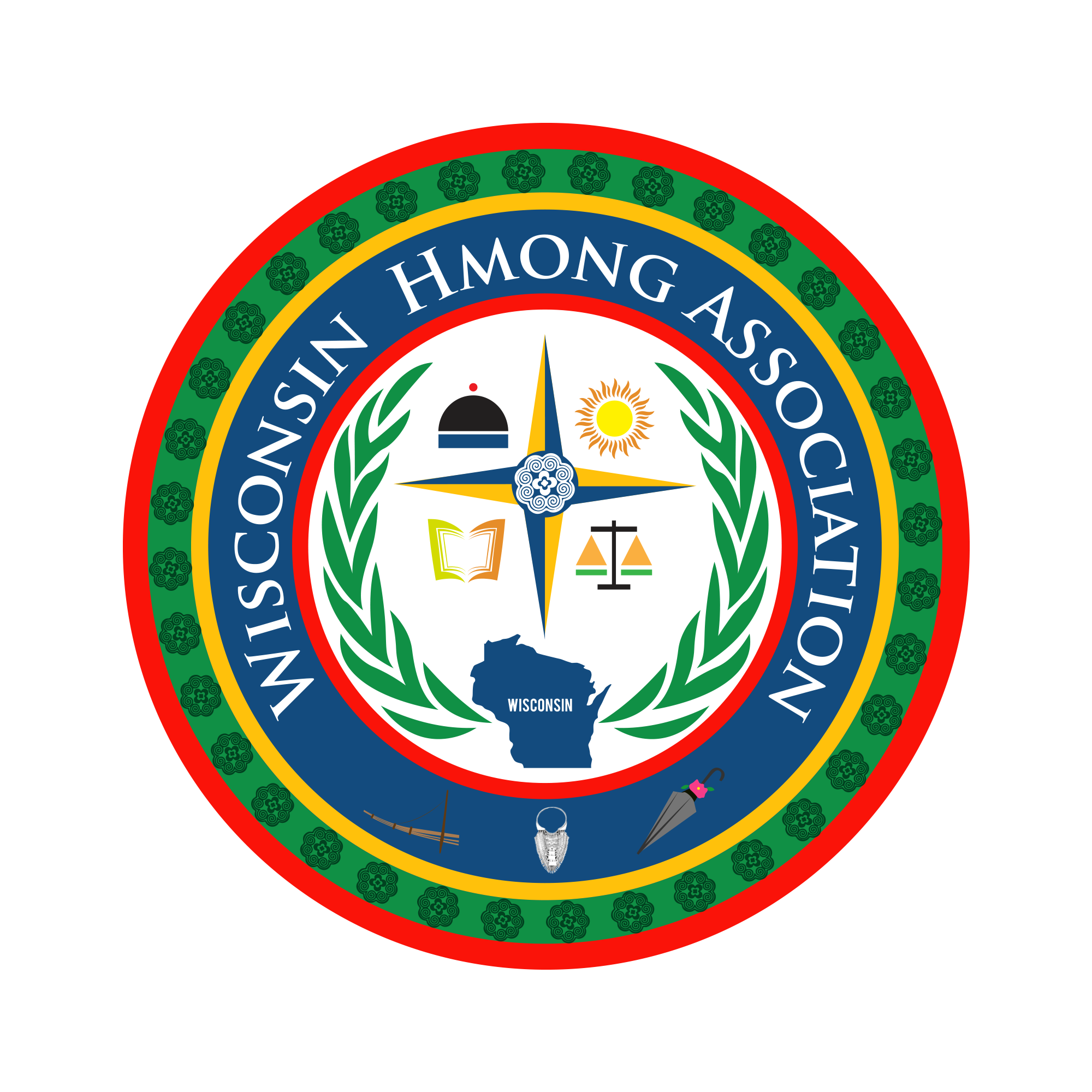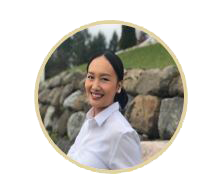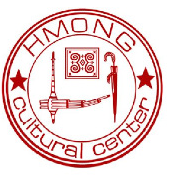- In isolation, members of Madison's Hmong community care for, mourn elders in new ways

Hmong elders in Madison at the Kajsiab House, a Hmong and Cambodian focused mental health care center, in 2018
When Zang Vang’s cousin died of COVID-19 earlier this month, the funeral attendance was capped at nine people. That's a drastic shift from the elaborate, days-long affair that marks a traditional Hmong ceremony.
Vang, who works in public relations for the Hmong Association, skipped the funeral to make room for someone more “important to be there,” someone who performed an essential rite for guiding the deceased back to their ancestral homeland.
About a week prior, Peng Her and his father also made the difficult decision to miss his uncle’s funeral. Instead of driving hours for a brief visit in a room restricted to 10 people at a time, they donated money to support the family.
“You go from hundreds of people paying respects to 10,” said Her, director of the Hmong Institute. “That is causing a lot of challenges to our community. How do you bury a person? How do you do it in a way that allows cultural rituals to take place?”
In Madison, where about 6,000 Hmong people make up the city's largest Asian ethnic group, the coronavirus has further shaken up a community that already faced a perilous start to the year. In February, the U.S. government confirmed that it was in discussion with Laos to deport Hmong and Lao residents who are not citizens.
Reported coronavirus cases and deaths among Asian people are so far lower than or proportional to their demographic makeup in Dane County and Wisconsin, about 6% and 3%, respectively. But Her questions how accurate the numbers are without widespread testing in communities of color. He also recalls large gatherings early in 2020 that could easily have spread the coronavirus.
The institute’s Kajsiab House normally offers daily group services for over 100 people. Those have been difficult to maintain due to older clients’ limited technical access and skills. Staff continue to offer telehealth and essential home visits. Phone check-ins are often running well past an hour, as participants — many of whom are refugees and war survivors — find themselves without social connections and relapsing into fears of persecution or starvation.
“They’re afraid for their life, thinking they are going to be deprived of food,” said board president Mai Zong Vue. “It’s a trigger. These past experiences of being refugees, poor, starved — that whole experience comes back to really make them worry, ‘Am I going to have enough?’”
One response has been stockpiling food. Another is the fear of being attacked while grocery shopping, or not wanting children in healthcare jobs to go to work.
It doesn’t help that older Hmong adults, many of whom don’t speak English, are overwhelmed by information — often misinformation — about COVID-19. Many tune in regularly to Hmong dial-in conference calls or YouTube videos that may promote spiritual practices or herbal medicines as cures to the virus.
Vang said he has tried to alleviate this panic in his own social circles and parents: “You just need to keep yourself clean. Wash yourself. Make sure you don’t touch things.” And the Hmong Institute has applied for grants to create and translate public service announcements from medical professionals, which would be included in social media and dial-in talk shows.
“We don’t have people in the professional field communicating that to the community,” Vang said. “We just have people who have YouTube channels.”
Though Vue said the Hmong Institute is doing its best to spread proper information and help keep one another accountable, this is difficult for a population so dependent on large gatherings — not only funerals, but anything from picnics to graduations and birthday parties.
The organization has delayed its speaker and banquet events for the Hmong diaspora’s 45th anniversary to the fall. And Vang’s father postponed what he calls a “happy life” celebration for his retirement and 70th birthday, one that involves calling up “every friend that you’ve had in your lifetime.”
“Culturally, it’s hard for us to be in isolation because we don’t think that a family member or Hmong member would bring (the virus) to us,” Her said.
Every time he opens an email, Her said it breaks his heart. He and Hmong Institute staff have been delivering home-cooked meals or groceries to participants and making the “small inputs” to help people who have lost jobs or are afraid to go outside. But if the government-ordered shutdown lasts several more months, he said it may start financially straining the organization, which also functions as a free meal center.
Even after it is back and running, the effects of isolation will likely linger, Vue said, especially for a community lacking mental health resources.
“I worry that after things settle down a little bit, we will see the mental health (effect) maybe hitting our population harder,” Vue said. “Even if COVID-19 may be gone, the stress on them has accumulated.”


